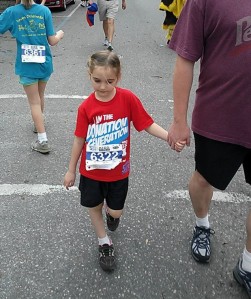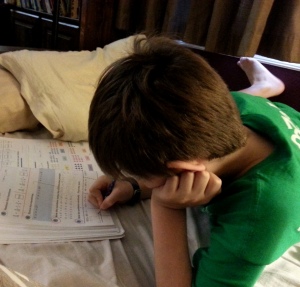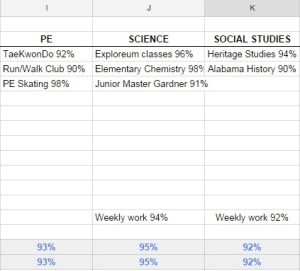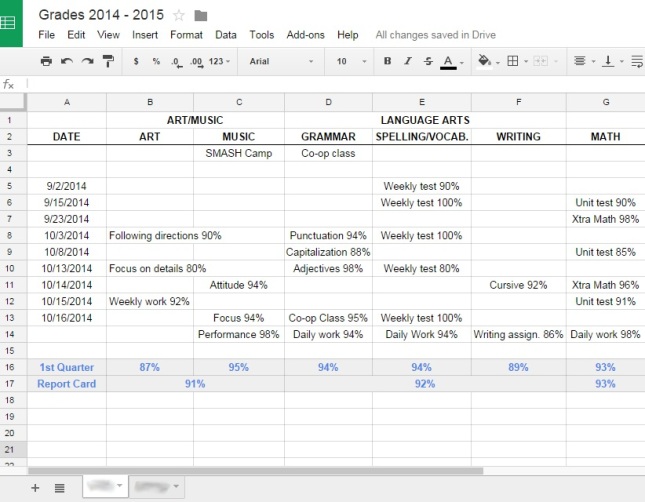As homeschooling parents, one of the often overlooked subjects is Physical Education.
But is PE a “real” subject?
Of course it is! It’s also very important for a child’s physical, mental, and emotional well-being. Learning to stay active as a child will also help a child remain active as an adult.
There are many studies which show regular physical activity helps reduce stress levels and provides for a better night’s sleep. Don’t believe me? Check out these links: Kids Health and Exercise for Children and 10 Benefits of Physical Activity
Physical activity for children doesn’t have to be typical sports like baseball, football, basketball, volleyball, and soccer. There are also activities like:
- swimming
- tennis
- martial arts
- gymnastics
- dance
- fencing
- horseback riding
- golf
- ice skating
- roller skating
- laser tag
- bowling
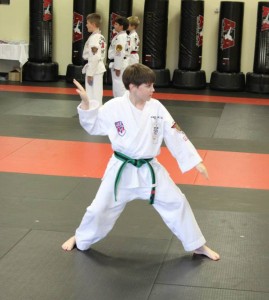
In addition to being great exercise, martial arts helps with self discipline, respect, and confidence.
Keep in mind many sports are seasonal, while others are year-round. No matter which activity you and your child choose, make sure they stay active even in the off-season.
In our family we are quite partial to martial arts. I just can’t say enough great things about how much karate has helped our children. Sure they’ve learned self-defense and have greater flexibility and muscle strength, but the most important lessons they’ve learned are discipline, respect, focus, and confidence. My very wiggly, “can’t sit still longer than two minutes” 6 year old became a focused and calm 7 year old after just a few months. I highly recommend martial arts for ALL children, (it’s not just for boys). The benefits are for life!
Can’t afford to pay for special classes for your children?
No worries! Try some of these ideas:
- Schedule 20 minutes twice a week for your family to walk around the neighborhood.
- Go for a family bike ride.
- See who can do the most push-ups, sit-ups, and jumping jacks.
- Have a hula-hoop contest. See which member of your family can hula the longest.
- See who can jump rope across the driveway first, or see who jump rope the longest without tripping.
- Plan a scavenger hunt at the local park or around your neighborhood.
- Go Geocaching. If you plan a route where there are many geocaches you’ll get plenty of exercise by getting in and out of the car frequently and seeing who can find the geocache first.
- Enter the whole family in a Family Fun Run or Walk-a-thon. Most of these everyone walks and/or runs at their own pace.
- Go roller skating on their cheap-skate day/time (often this is only $4 per skater)
- Take them to a jump house place like Pump-it-Up, House of Bounce, Jumps-a-lot, Kangaroos, etc. on a regular basis.
- Join your local YMCA. They offer family memberships which include swimming pool and gym access, plus many other benefits. Staying active as a family is well-worth the cost.
The key is to actually get out there and do it. Children watch what we adults do. If we’re sitting on the couch day after day and aren’t interested in going for a 20 minute walk, why should they be interested?
Haven’t seen an activity your child would be interested in yet?

Ice skating (and roller skating) is great exercise. It also improves balance, coordination, and confidence.
As parents sometimes we just have to give them a little push. Schedule a time for them to go for a walk or bike ride with friends. Offer to take them bowling, roller skating, or to play laser tag with friends. Think laser tag isn’t physical? Ha! You obviously haven’t played it. There’s a lot of fast-walking, ducking behind obstacles, poking your head around corners, crouching down to avoid on-coming fire, etc. Trust me, you’ll be sweating after 1-2 games. We try to go every couple of months and use it for report card rewards as well.
While ice skating isn’t available year round, roller skating is! Both activities will improve balance and coordination. Plus working all those different muscles takes a lot of energy. Invite some friends. Exercise is ALWAYS better with friends. Even for us adults!
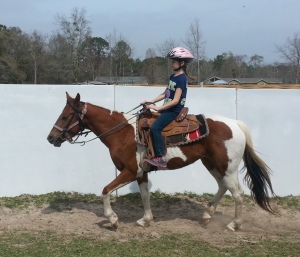
Horseback riding helps build core muscles, strengthens leg muscles, improves balance, coordination, and focus.
When it comes to getting children active, horseback riding is often overlooked. I think most people consider it a leisure activity, but really it takes a whole lot of muscles to stay balanced and seated properly when walking, trotting, turning, and stopping a horse. It doesn’t matter whether your child is interested in English or western style, both will improve your child’s physical and mental health.
How much exercise should my child get each day?
According to the CDC Division of Nutrition, Physical Activity, and Obesity, 60 minutes each day. Think it’s not possible? Don’t worry, it IS possible! It just takes planning it into your family schedule gradually. Start with the above tips, slowly adding in some activities several times a week and go from there. Oh, and if your child begins complaining they’re tired after an activity, that’s okay. It’s GOOD to be tired after exercise. A child who has worked hard exercising will work up an appetite and sleep better.
